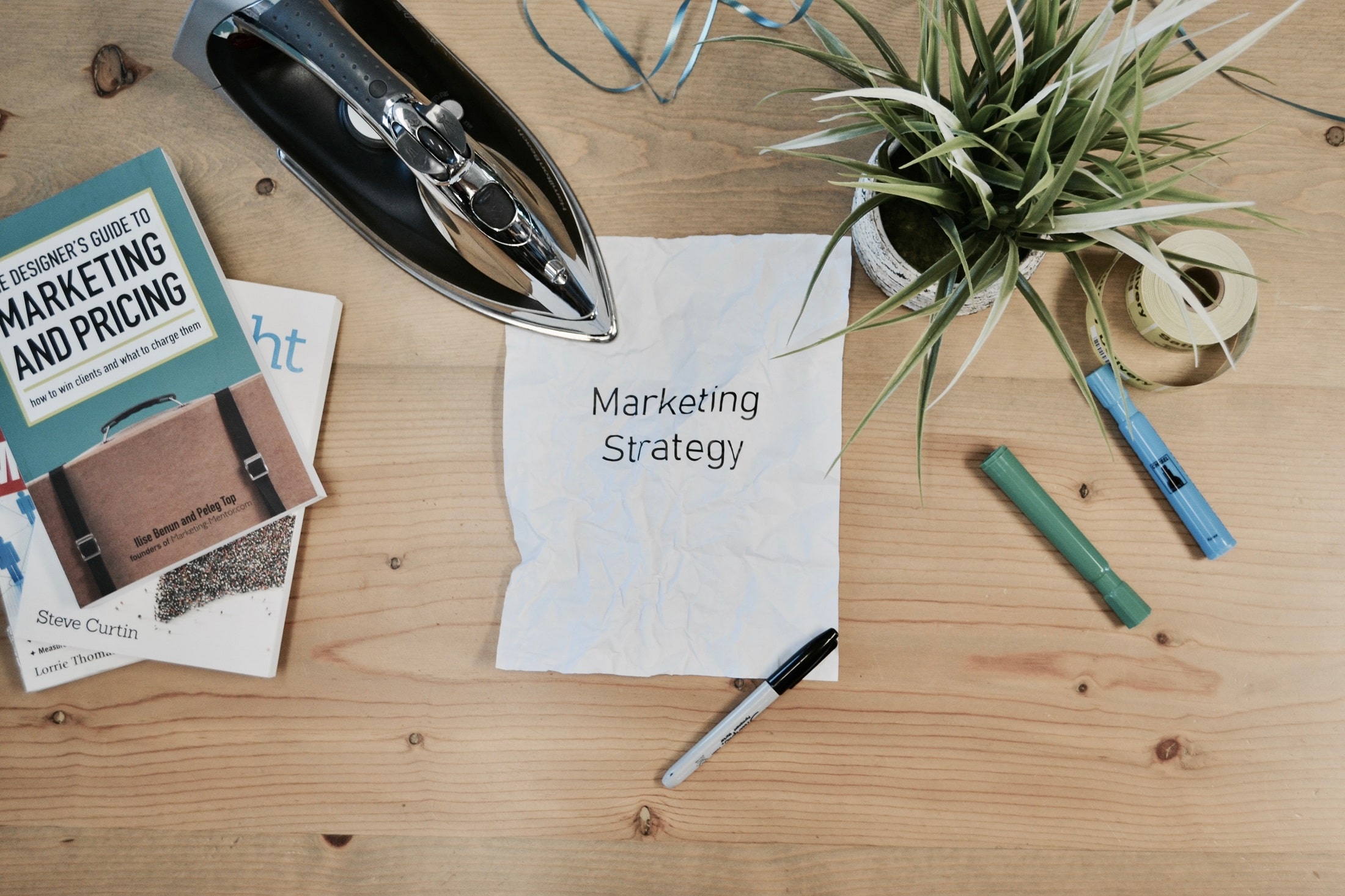- 1. Don’t let your vision limit your growth
- 2. Go beyond the needs of the customer
- 3. Give customers benefits, not just product specifications
- 4. Provide value, not novelty
- 5. Don’t let communication gaps hinder progress in a team
- 6. Adding more and more features to a bad product
- 7. Understand the importance of UX design
- 8. Don’t confuse the needs of the product buyer with the end-user
- 9. Don’t wait for the lightbulb moment, experimentation can also be the key
- 10. Usability testing is a product manager’s best friend
Product management is the process of creating the appropriate product for the right person in order to address the right problem. The right person, along with business and technology, is the customer, who is at the heart of the product management process. It’s the process of turning a vision or idea into a useful product.
The product manager is in charge of evaluating markets and competitors, as well as sketching down the original product vision based on his findings. The project manager’s responsibilities are both strategic and tactical, and he or she must be a strong leader. He must be able to connect the dots between the various teams working on a product, ranging from design to engineering to sales and marketing.
However, with an estimated four out of every five new products failing to make a dent in an already saturated market, it’s more crucial than ever for product managers to avoid the product management blunders that frequently result in significant disappointments for themselves and their teams.
Product managers appear to be more at danger of getting things wrong than right, from utilizing archaic spreadsheets instead of fit-for-purpose road-mapping tools (PMs sometimes squander many hours per week) to taking an everything-but-the-kitchen-sink approach to functionality.
Se, we have put together a list of 10 common mistakes a product manager should avoid and why.
- Don’t let your vision limit your growth
- Go beyond the needs of the customer
- Give customers benefits, not just product specifications
- Provide value, not novelty
- Don’t let communication gaps hinder progress in a team
- Adding more and more features to a bad product
- Understand the importance of UX design
- Don’t confuse the needs of the product buyer with the end-user
- Don’t wait for the lightbulb moment, experimentation can also be the key
- Usability testing is a product manager’s best friend
1. Don’t let your vision limit your growth
One of the most crucial components of a product manager’s work is the ability to ask the correct questions, whether it’s prompting your team to fight for a feature or approaching customers for valuable feedback. However, you must ensure that your vision does not cloud your understanding in order to create the space and environment for transformative growth. Yes, everyone must work together to achieve a common goal. Even yet, if you start with overly specific boundaries, you risk creating boxed-thinking patterns that are harmful to the spirit of creativity you’re attempting to promote. Put on your detective hat, ask the correct questions, evaluate your data, test your findings, and share your findings.
This will keep your team focused on moving forward – toward a solution – rather than trying to figure out the best roadmap for something you’ve pre-built in your head but isn’t always what your end-user might need.
2. Go beyond the needs of the customer
Of course, you want to know what your users are thinking and provide products that they will come to rely on. Most customers, on the other hand, aren’t engineers or designers, and it isn’t their duty to think creatively. “If I had asked them what they wanted, they would have just answered faster horses,” Henry Ford famously said.
Prior to the iPhone, the ordinary mobile phone user didn’t spend much time thinking about a device that would allow them to listen to music while still keeping up with breaking news and doing their banking. They were too preoccupied with their daily routines to see what they were missing out on.
Product managers should be aware of client desires, but revolutionary innovation occurs only when you can provide them with something the customers didn’t realize they needed.

3. Give customers benefits, not just product specifications
If you decide to give a product a try, engineers and techies, in particular, may be enthralled by specifications and, as a result, make purchasing decisions based on them.
But not your average shopper. They want to know what advantages your product will provide. Will it address their issues, make their lives easier, or make them more enjoyable? If your latest innovation or new feature doesn’t solve a user’s problem, or at the very least, meets a need or want, it’s probably not a benefit.
As you begin your product journey, think first about the problems you want to address for your users and then about how to get to those answers. This will help you stay in the benefit-creating mentality.
4. Provide value, not novelty
Novelty has its place; after all, “new” is a potent keyword. However, innovation in and of itself is insufficient. Consider how many new, never-before-seen products are released each year. How many of them actually get off the ground?
Spoiler alert: only about 5% of those who attempt it succeed. Being new is a benefit, not a feature. You can make something that has never been done before, but if it doesn’t solve a problem or offer value, you haven’t struck gold.
Consider whether an ordinary user – not a specs junkie – would find it an attractive temptation if the most important thing you can think of to communicate about a product is that it’s brand new (absolutely not). To avoid falling into this trap, make value, not novelty, the driving force behind your plan.
5. Don’t let communication gaps hinder progress in a team
It’s critical for a team to work effectively and not to let communication gaps develop and increase over time.
People can deal with a lot of information and moving components; they can’t deal with a lack of insight and understanding that causes stumbling blocks and weakens their efforts. So, no matter what gear-shifting you’ll need to do as you move forward, make sure you’re properly articulating your vision and strategy from the start, leveraging the roadmap at your disposal to bring everyone on board.
Although the organization is essential, there’s no reason you shouldn’t be able to keep your workers properly informed and focused on the job at hand if you have some practical planning technology in your hands and a genuine dedication to communication.
6. Adding more and more features to a bad product
This is the trap of the bells and whistles. When a product doesn’t turn out the way you planned or isn’t well-received, it can be tempting to improve it – for example, by adding a new feature.
More users will join if it can perform more things.
Maybe. Maybe not.
When a product is already having trouble connecting, adding more features could make the user experience even worse. Your baseline features and capabilities must be flawless in order to be effective. Once you’ve mastered those – and your users have as well – you can concentrate on building on that solid foundation.
7. Understand the importance of UX design
The emotional aspect is practically pervasive in the user experience, from cash-strapped college students to Fortune 500 CEOs.
Emotion, not our prejudiced buyer’s mind, dictates which things we spend in, according to author and Harvard professor Gerald Zaltman. So, if your budget is running low and you need to make harsh choices, think again before putting UX at the bottom of your priority list.
The marketplace is constantly flooded with new products, and people’s attention spans are infamously short. You can’t overlook the importance of not only how your product looks but also the “voice” it employs to convey and the emotions it evokes in the consumer if you want to stand a chance. You’ll need top-tier authors and designers to accomplish this.

8. Don’t confuse the needs of the product buyer with the end-user
Your customer and user are not always the same individual. While it’s critical to address your buyer’s requirements and worries, a product’s ultimate success depends on its ability to offer value or alleviate the pain points of its consumers.
Customers – in other words, the people who control the purse strings – are usually familiar to product managers and their teams. However, their requirements may differ significantly from those of those who will use the product in their daily lives, whether professionally or personally.
Here’s where sales and marketing come in handy. Their understanding of the influencers and users at a customer organization, for example, could be quite useful in assisting the product manager in determining where their team’s focus should be.
9. Don’t wait for the lightbulb moment, experimentation can also be the key
Despite the widespread stereotype of a brilliant designer whose “aha” moment transforms everything, most groundbreaking products are the result of a long, collaborative effort.
In the early 2000s, when Apple started looking into what was going on with touch screens, they were thinking about tablets, not phones. Yes, Steve Jobs was responsible for Apple pivoting and beginning work on what would eventually become the iPhone, but his choice was based on years of expertise and a misstep.
You must be willing to spend time stumbling around in the dark, doing the necessary experiments, and channeling the creative energy required to ignite that charge and light up the room if you want that lightbulb moment.
10. Usability testing is a product manager’s best friend
For most projects, you’ll have to operate within specific constraints, such as budgets, timeframes, and quality measures. These are all important components of the product journey – you couldn’t build anything without them – but none of them tell you whether or not what you’re building will be useful and lucrative in the end.
When all is said and done, success will be determined by whether buyers realize the value in your product and are willing to pay you for it, not by whether you remained under budget or finished ahead of schedule.
Usability testing becomes a product manager’s closest friend at this point, guiding you through the development process and assisting your team in constantly recalibrating for the best user experience.









